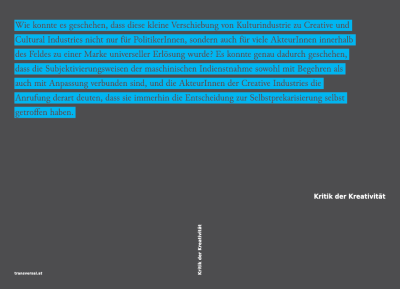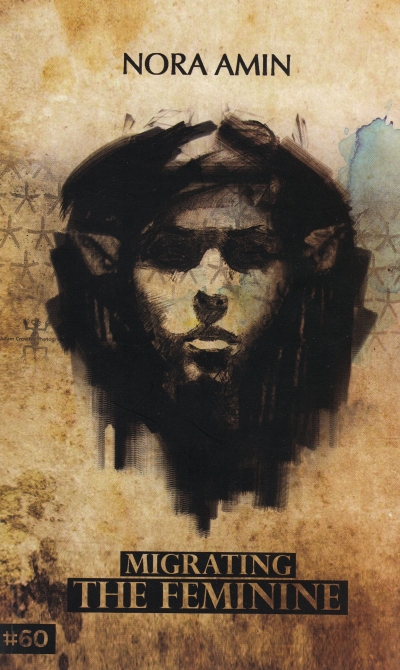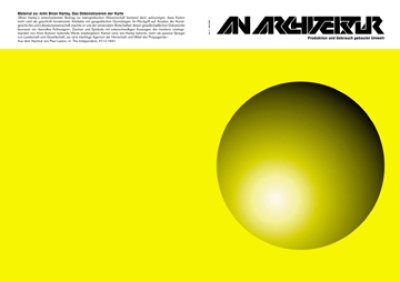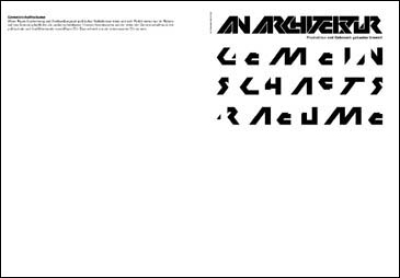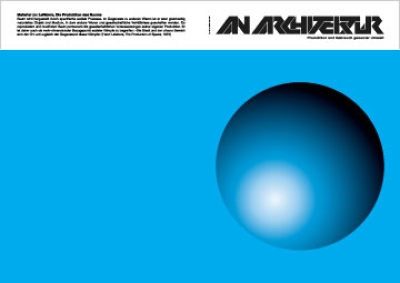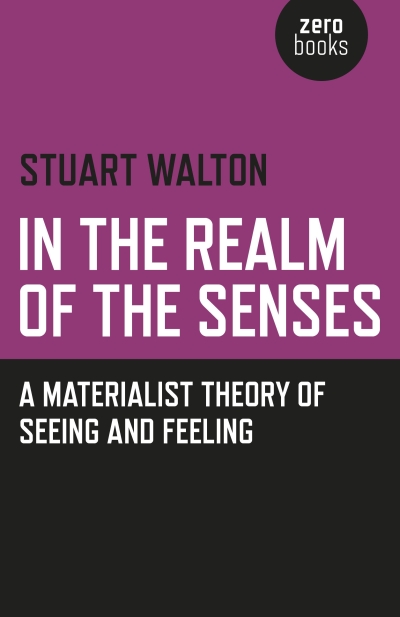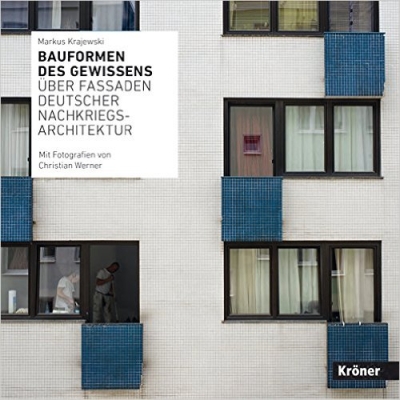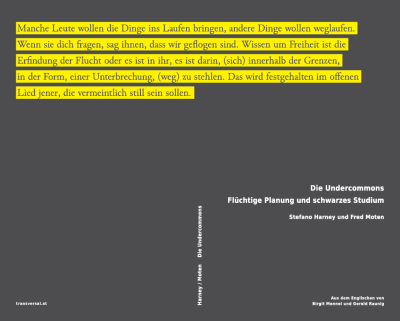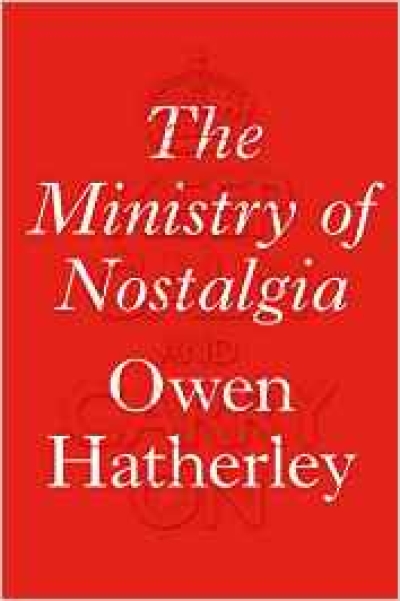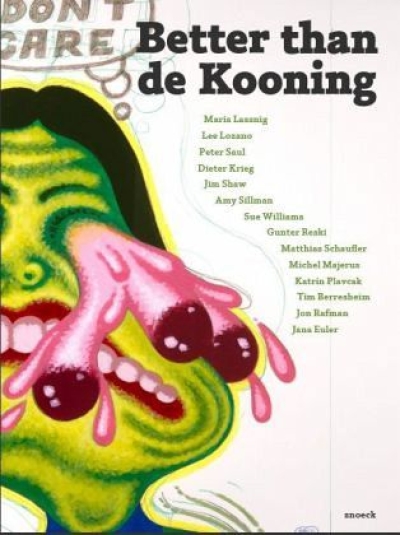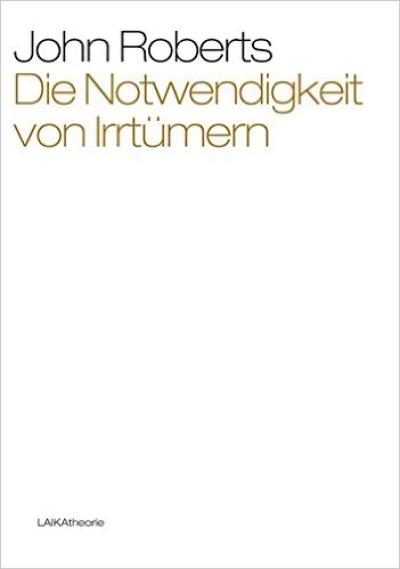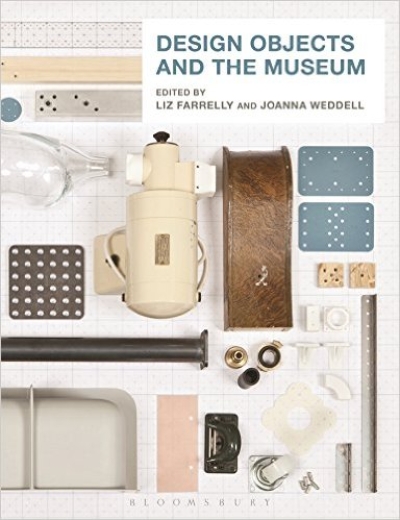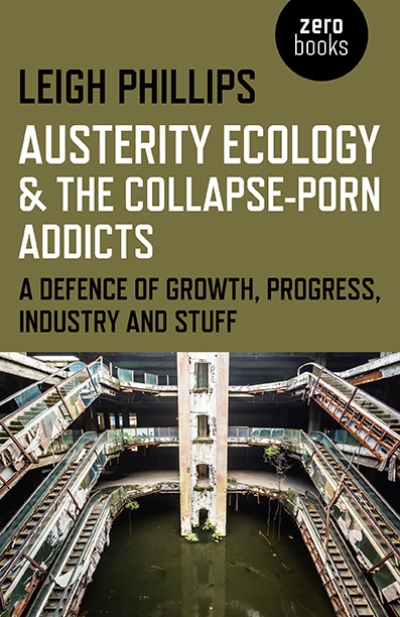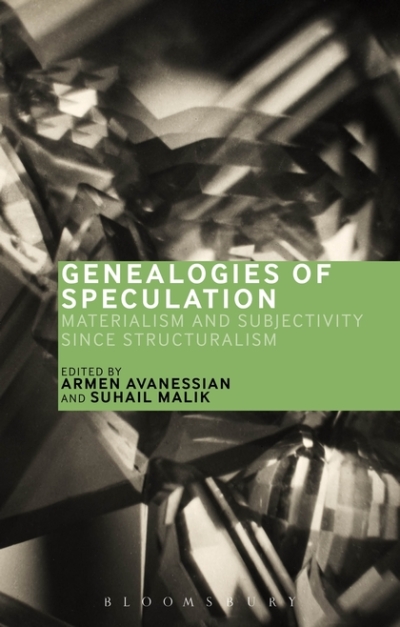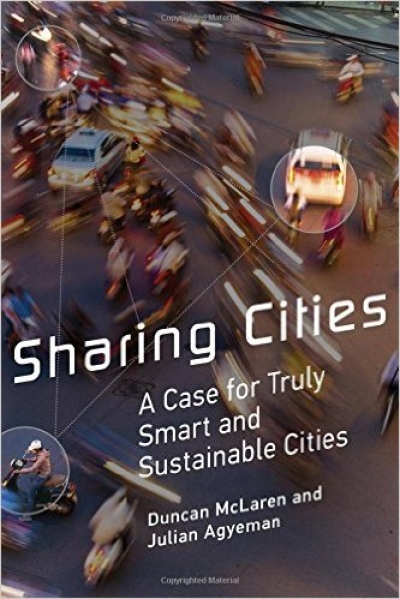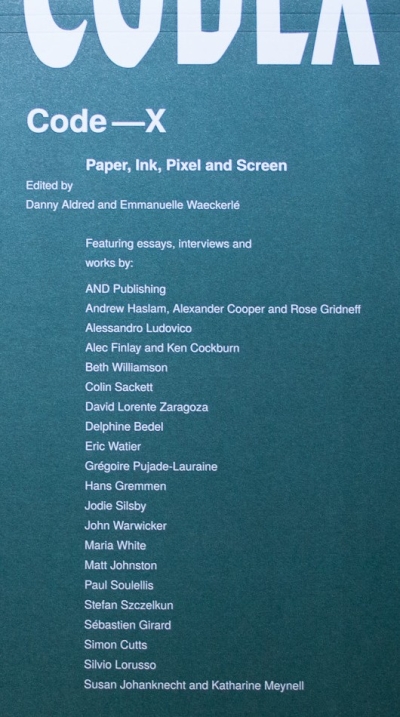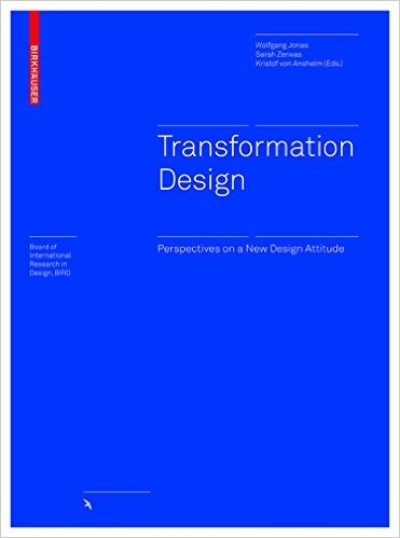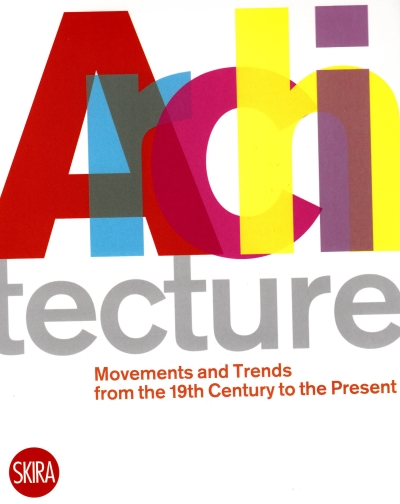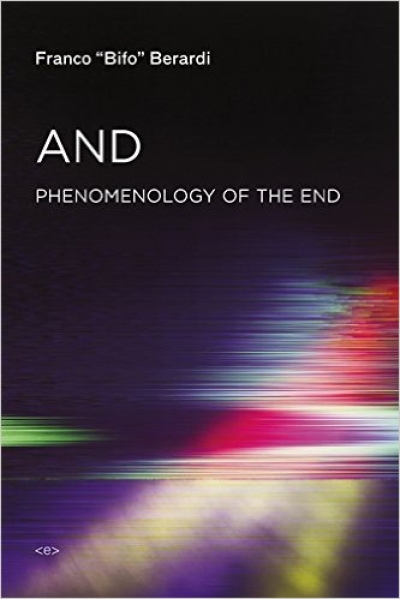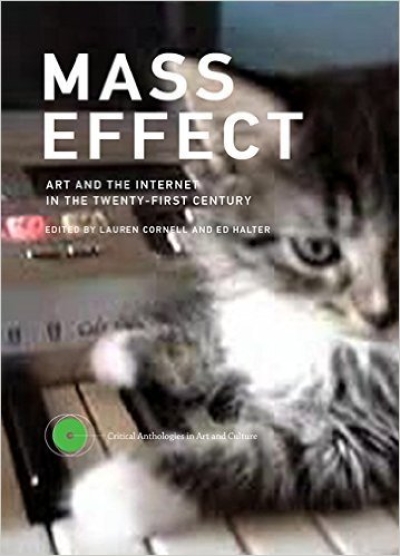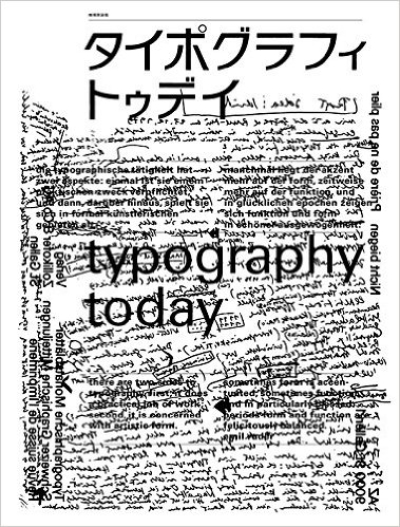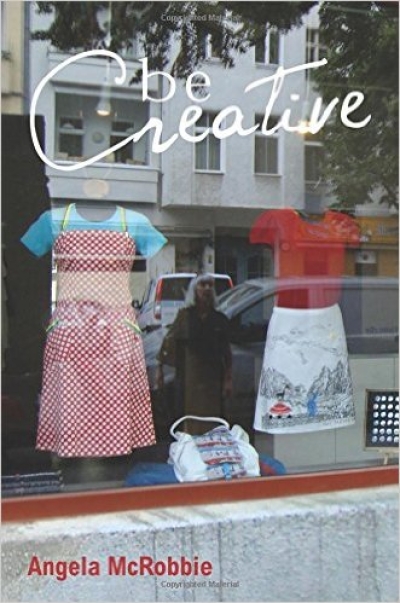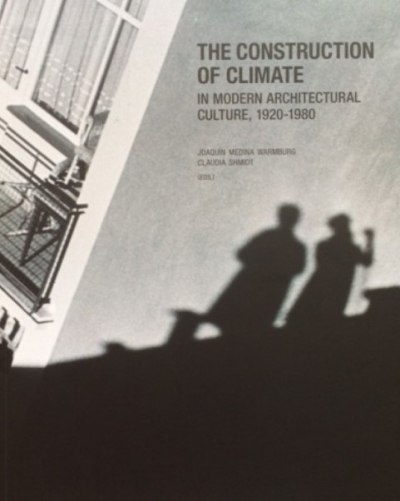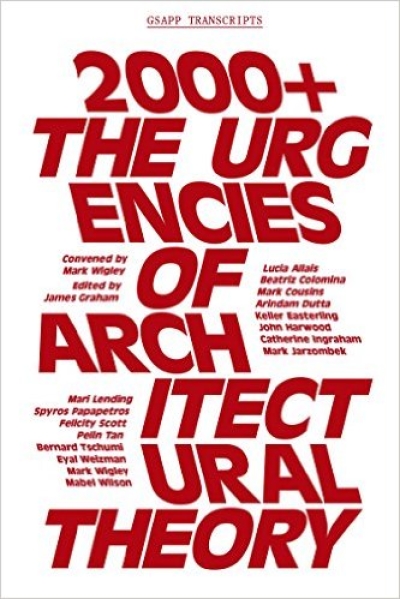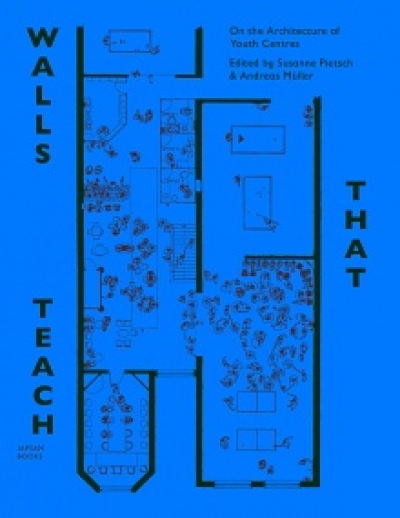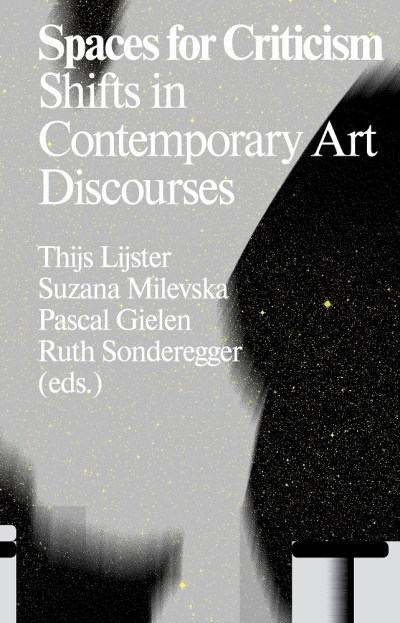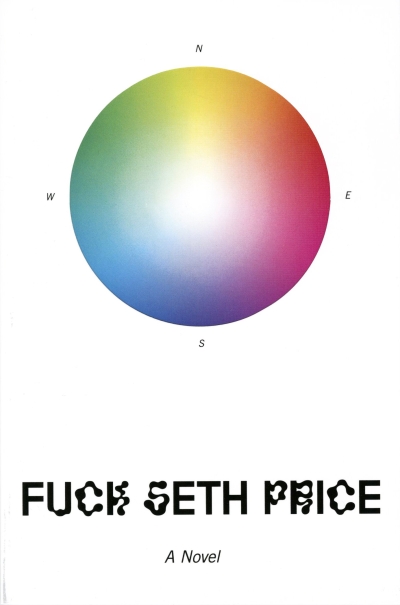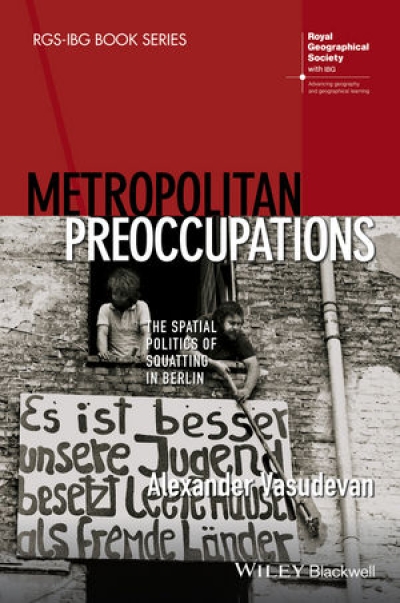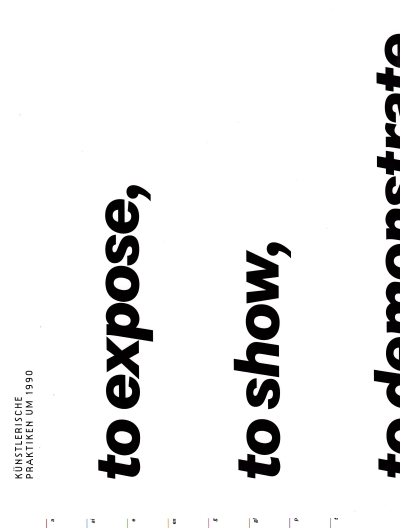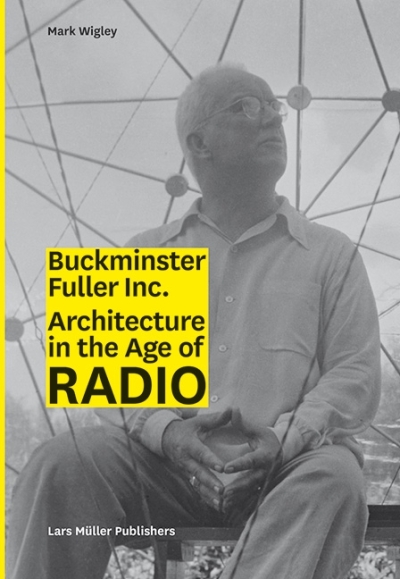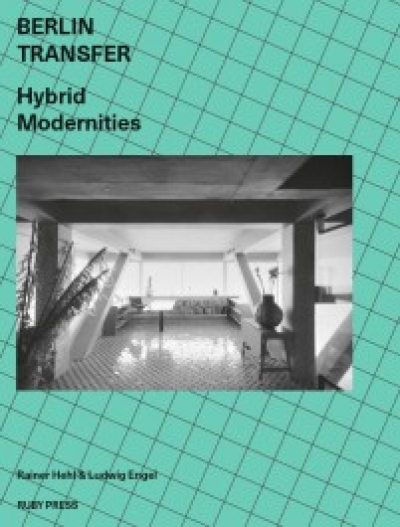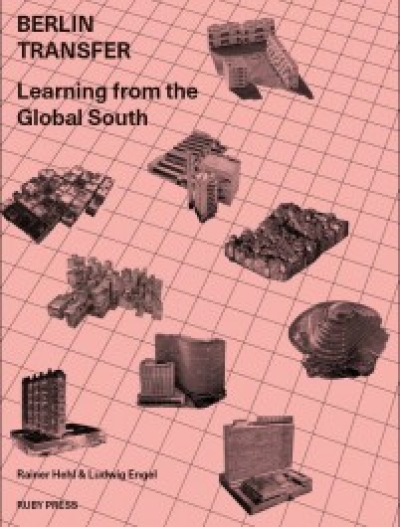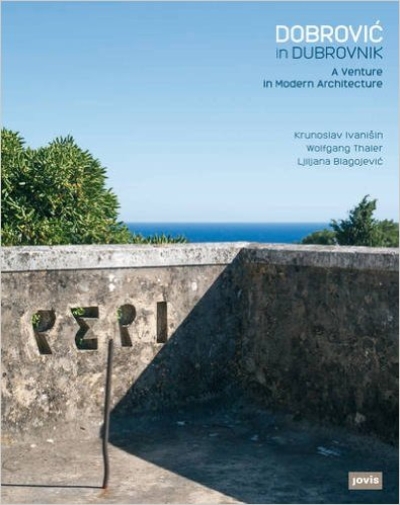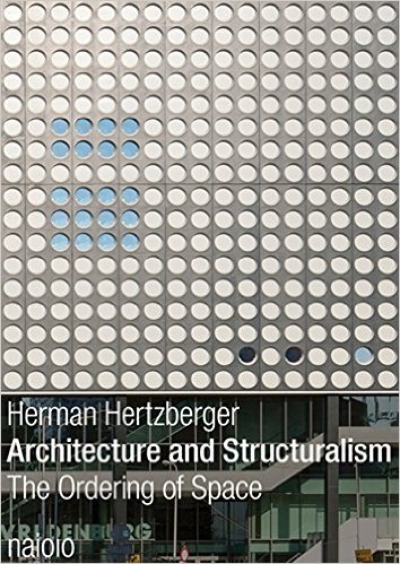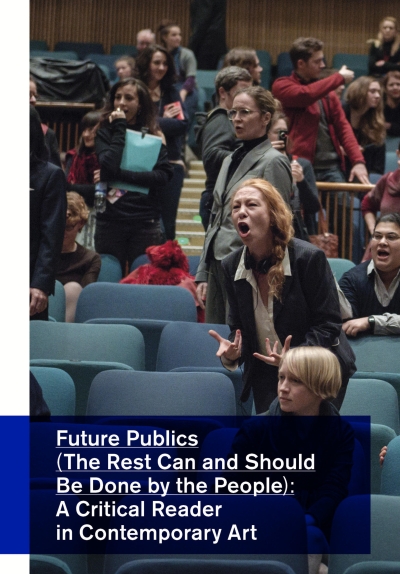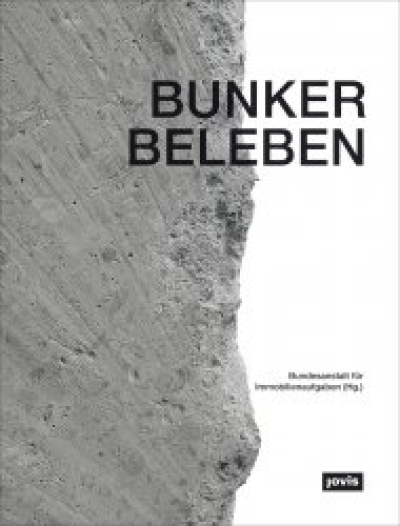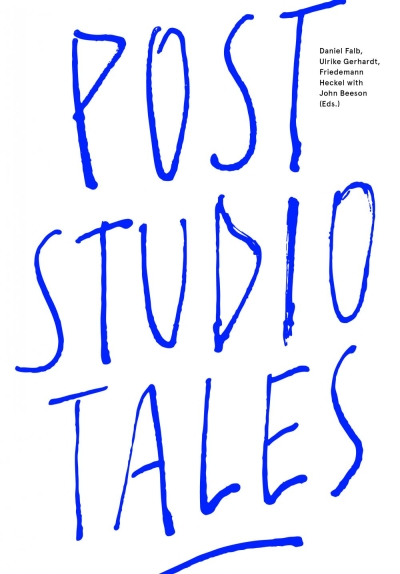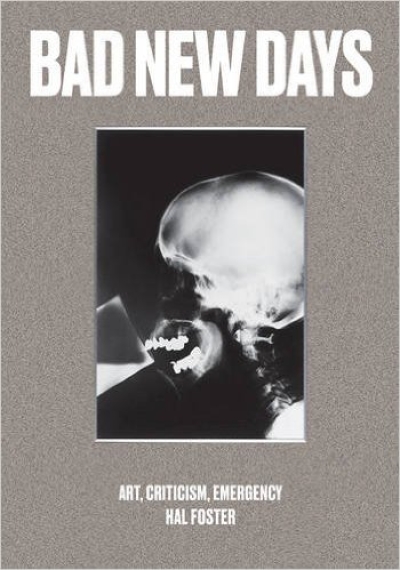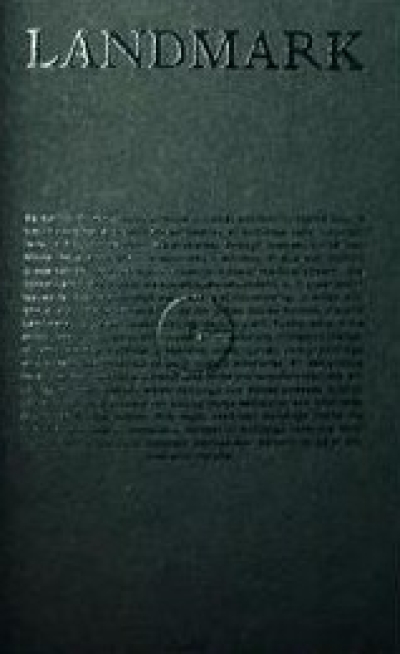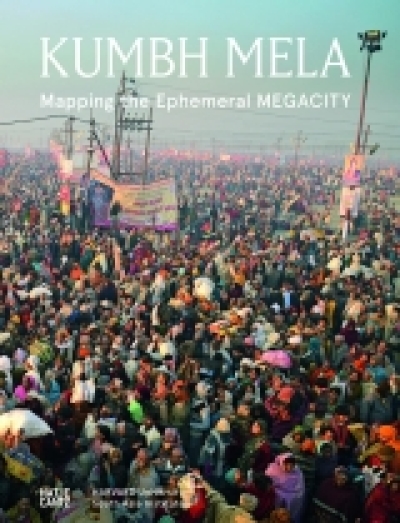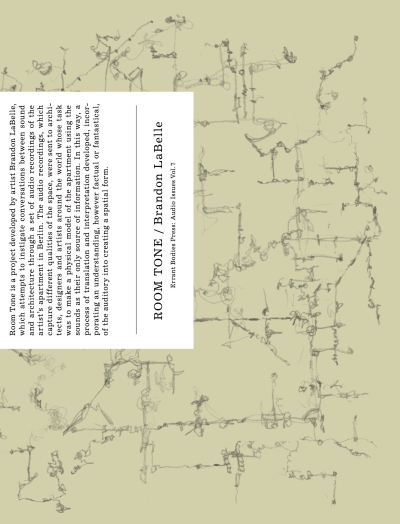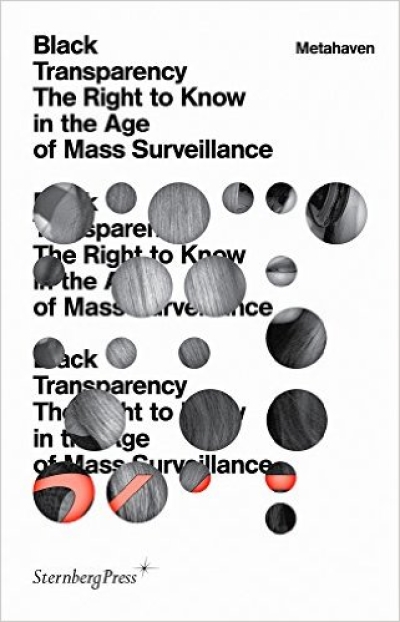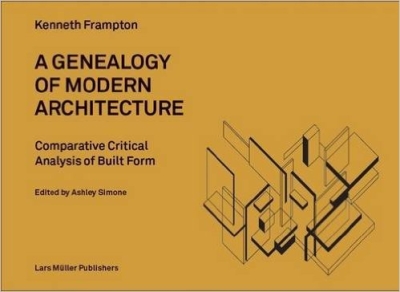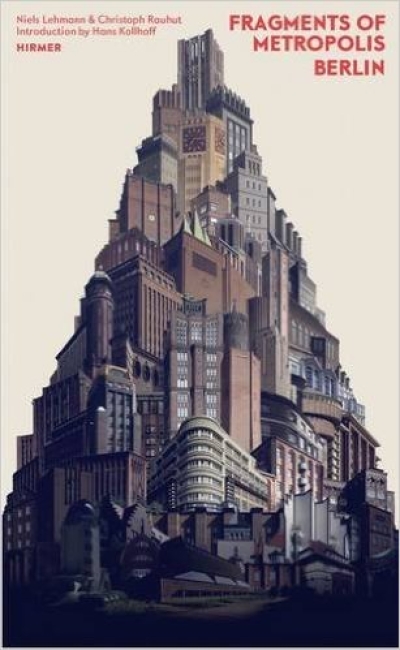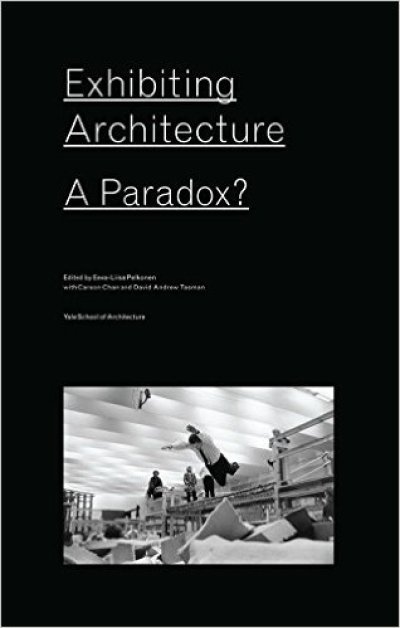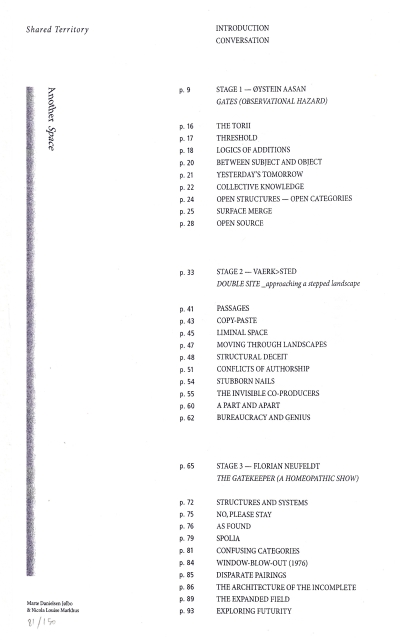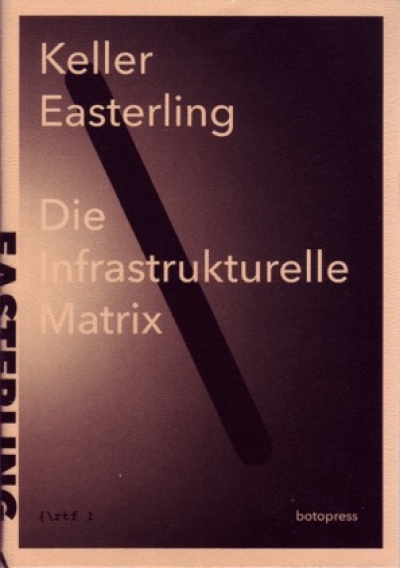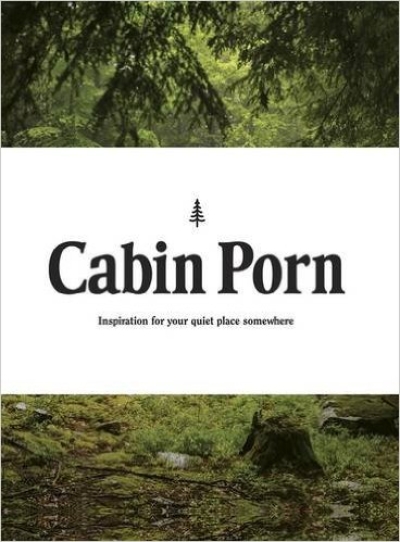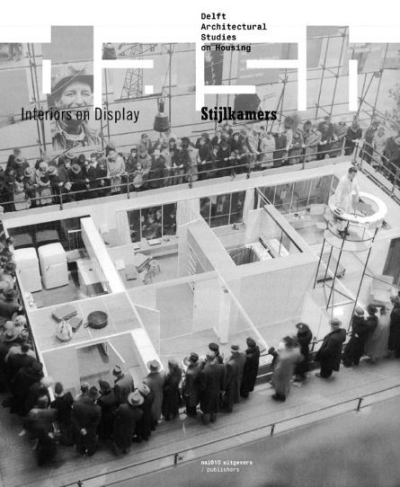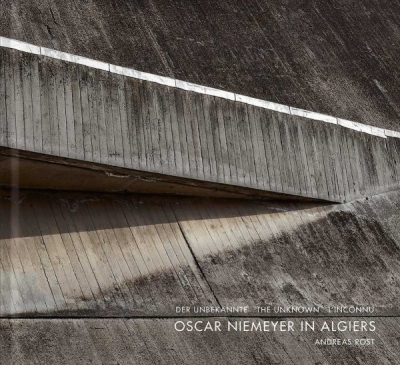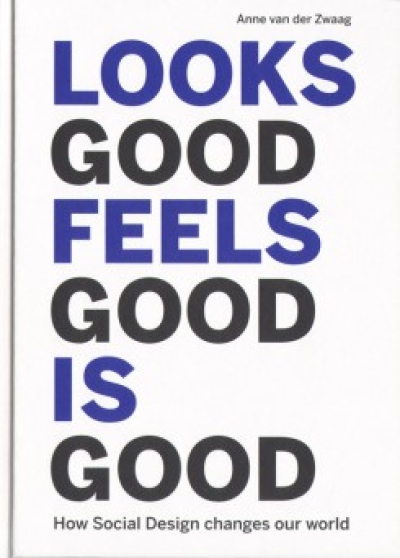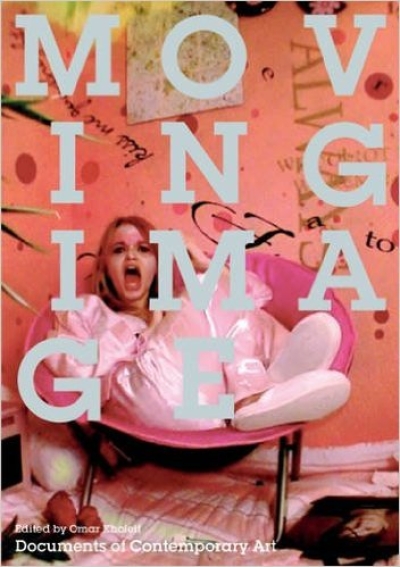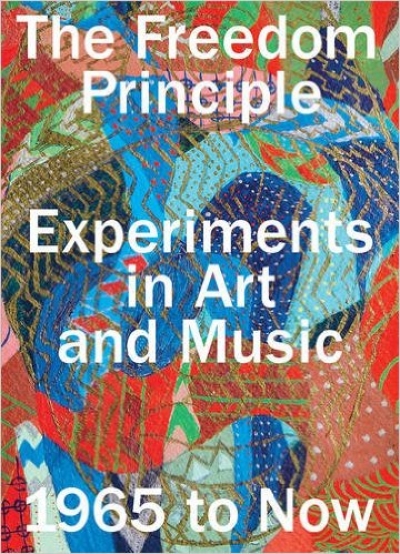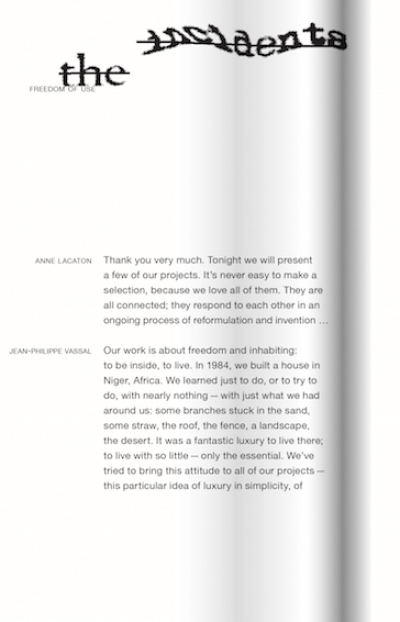Gerald Raunig, Ulf Wuggenig
Kritik der Kreativität
Walter Scheiffele
Das leichte Haus. Utopie und Realität der Membranarchitektur
Nora Amin
Migrating the Feminine
An Architektur
An Architektur 11-13: Theorie und Praxis der Kartografie
An Architektur
An Architektur 10
An Architektur
An Architektur 01-03
An Architektur
An Architektur 04-09: Krieg und die Produktion von Raum
Shinkenchiku 2014:11
Japan Architects 1945 - 2010. Extra Edition
Stuart Walton
In The Realm of the Senses. A Materialist Theory of Seeing…
Felicity D. Scott (Autor), Nikolaus…
Disorientation: Bernard Rudofsky in the Empire of Signs.…
Markus Krajewski, Christian Werner
Bauformen des Gewissens. Über Fassaden deutscher…
Stefano Harney, Fred Moten
Die Undercommons. Flüchtige Planung und schwarzes Studium
Cord Riechelmann, Brigitte Oetker (Eds.)
Toward an Aesthetics of Living Beings / Zu einer Ästhetik…
Badura, Dubach, Haarmann, Mersch et al.
Künstlerische Forschung. Ein Handbuch
Marc Kushner
Die Zukunft der Architektur in 100 Bauwerken
Siegfried Zielinski (Hg.)
Flusseriana: An Intellectual Toolbox
Owen Hatherley
The Ministry of Nostalgia. Consuming Austerity
A. Baur, M. Weber (Hg.)
Better than de Kooning
Jörg Heiser
Doppelleben. Kunst und Popmusik
John Roberts
Die Notwendigkeit von Irrtümern
C. Thun-Hohenstein (Ed.)
Josef Frank. Against Design
Friedrich Kittler (Autor), Tania Hron,…
Baggersee. Frühe Schriften aus dem Nachlass
Liz Farrelly, Joanna Weddell
Design Objects and the Museum
Leigh Phillips
Austerity Ecology & the Collapse-porn Addicts. A…
IDEA Magazine
IDEA 373. Post Independent Magazine
Armen Avanessian, Suhail Malik
Genealogies of Speculation. Materialism and Subjectivity…
Duncan McLaren, Julian Agyeman
Sharing Cities. A Case for Truly Smart and Sustainable…
Danny Aldred, Emmanuelle Waeckerle (Eds…
Code-X. Paper, Ink, Pixel and Screen
Alexandra Manske
Kapitalistische Geister in der Kultur- und…
Wolfgang, Zerwas, Ansheim (Hg.)
Transformation Design. Perspectives on a New Design Attitude
Karl Riha, Jörgen Schäfer (Hg.)
DADA total. Manifeste, Aktionen, Texte, Bilder
Luca Molinari (Ed.)
Architecture. Movements and Trends from the 19th Century to…
Franco "Bifo" Berardi
And. Phenomenology of the End
Lauren Cornell, Ed Halter (Eds.)
Mass Effect. Art and the Internet in the Twenty-First…
Helmut Schmid, Seibundo Shinkosha
Typography Today. Revised Edition
Hartmut Geerken, Chris Trent
Omniverse – Sun Ra
Angela McRobbie
Be Creative. Making a Living in the New Culture Industries
Thomas Großbölting, Rüdiger Schmidt
Gedachte Stadt - Gebaute Stadt: Urbanität in der deutsch-…
Graham Harman
Vierfaches Objekt
Carsten Ruhl, Chris Dähne (Hg)
Architektur ausstellen. Zur mobilen Anordnung des Immobilen
Rob Pruitt
Rob Pruitt. Rob Pruitt's Ebay Flea Market. Year 1
MacArthur, Plaat, Gosseye, Wilson (Eds.)
Hot Modernism. Queensland Architecture 1945 - 1975
J. M. Warmburg, C. Shmidt (Eds.)
The Construction of Climate in Modern Architectural Culture…
Erharter, Scheirl, Schwärzler, Sircar (…
Pink Labor on Golden Streets: Queer Art Practices
James Graham (Ed.)
2000+: The Urgencies of Architectural Theory
Susanne Pietsch, Andreas Mueller (Eds.)
Walls That Teach. On the Architecture of Youth Centers
Ken Tadashi Oshima (Ed.)
Kiyonori Kikutake: Between Land and Sea
Christopher Herwig
Soviet Bus Stops
Friedrich Achleitner
Wie entwirft man einen Architekten? Porträts von Aalto bis…
Bernhard Cella, Leo Findeisen, Agnes…
NO-ISBN on self-publishing
Giovanna Borasi (Ed.)
The Other Architect. Exhibition: Canadian Centre for…
Lijster, Milevska, Gielen, Sonderegger…
Spaces for Criticism: Shifts in Contemporary Art Discourses
Seth Price
Fuck Seth Price
Nick Srnicek, Alex Williams
Inventing the Future. Postcapitalism and a World Without…
Alexander Vasudevan
Metropolitan Preoccupations. The Spatial Politics of…
Enrico Gualini, João Morais Mourato,…
Conflict in the City. Contested Urban Spaces and Local…
Matthias Michalk (Ed.)
Künstlerische Praktiken um 1990. to expose, to show, to…
Jeannette Merker, Riklef Rambow (Hg.)
Architektur als Exponat. Gespräche über das Ausstellen
Mark Wigley
Buckminster Fuller Inc. Architecture in the Age of Radio
Martin und Werner Feiersinger
Italomodern 2. Architektur in Oberitalien 1946–1976
Rainer Hehl, Ludwig Engel
Berlin Transfer. Hybrid Modernities
Rainer Hehl, Ludwig Engel
Berlin Transfer. Learning from the Global South
Ivanisin, Thaler, Blagojevic (Hg.)
Dobrovic in Dubrovnik. A Venture in Modern Architecture
Fezer, Hiller, Hirsch, Kuehn, Peleg (Hg…
Kollektiv für sozialistisches Bauen. Proletarische…
Nicolas Hausdorf, Alexander Goller
Superstructural Berlin. A Superstructural Tourist Guide to…
Herman Hertzberger
Architecture and Structuralism. The Ordering of Space
Maria Hlavajova, Ranjit Hoskote (Eds.)
Future Publics (the Rest Can and Should Be Done by the…
Tobias Engelschall
Zustände. Eine Topografie architektonischer…
Nina Power
Das kollektive politische Subjekt. Aufsätze zur kritischen…
Bundesanstalt für Immobilienaufgaben (…
Bunker beleben
Daniel Falb, Ulrike Gerhardt,…
Post-Studio Tales
Anri Sala
Why is colour better than grey?
Peter Weibel (Ed.)
Global Activism: Art and Conflict in the 21st Century
Markus Kutter, Lucius Burckhardt
Wir selber bauen unsere Stadt: Ein Hinweis auf die…
Hal Foster
Bad New Days. Art, Criticism, Emergency
Clog
Landmark
Moderna Museet Stockholm (Ed.)
Francesca Woodman. On Being an Angel
Fezer, Hiller, Hirsch, Kuehn, Peleg (Hg…
Realism Working Group + Dogma . Communal Villa. Production…
Rahul Mehrotra, Felipe Vera (Eds.)
Kumbh Mela. Mapping the Ephemeral Mega City
Brandon LaBelle
Room Tone. Audio Issues Vol. 7
Metahaven
Black Transparency. The Right to Know in the Age of Mass…
Kenneth Frampton
Genealogy of Modern Architecture. A Comparative Critical…
Tile von Damm, Anne-Katrin Fenk &…
OK Otto Koenigsberger. Architecture and Urban Visions in…
Vittoria Capresi, Barbara Pampe (Hg.)
Discovering Downtown Cairo. Architecture and Stories
Thomas Köhler, Ursula Müller (Eds.)
Radikal Modern. Planen und Bauen im Berlin der 1960er-Jahre
Niels Lehmann, Christoph Rauhaut (Eds.)
Fragments of Metropolis Berlin. Berlins expressionistisches…
Hans-Christian Dany
Schneller als die Sonne. Aus dem rasenden Stillstand in…
John Dixon Hunt
A World of Gardens
Eeva Liisa Pekonen
Exhibiting Architecture. A Paradox?
M. Danielsen Jolbo, N. L. Markhus (Eds.)
Shared Territory (Another Space)
Keller Easterling
Die Infrastrukturelle Matrix
Zach Klein
Cabin Porn. Inspiration for Your Quiet Place Somewhere
Dash 11
Interiors on Display. Stijlkamers. A Representation of Good…
Andreas Rost
Der unbekannte / The unknown / L'inconnu. Oscar…
Anne Van Der Zwaag
Looks good feels good is good: How social design changes…
Omar Kholeif (Ed.)
Moving Image (Whitechapel: Documents of Contemporary Art)
Naomi Beckwith, Dieter Roelstraete (Eds…
The Freedom Principle. Experiments in Art and Music, 1965…
Anne Lacaton, Jean-Philippe Vassal
Freedom of Use

